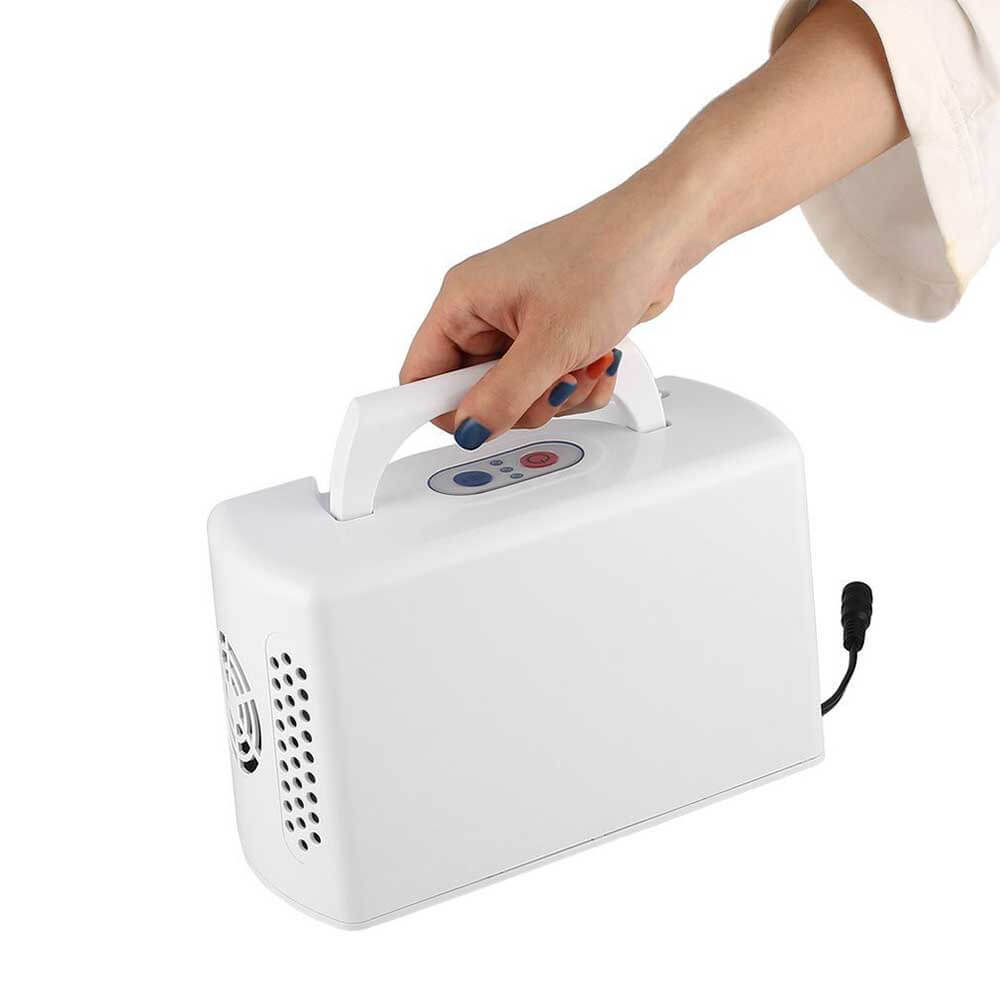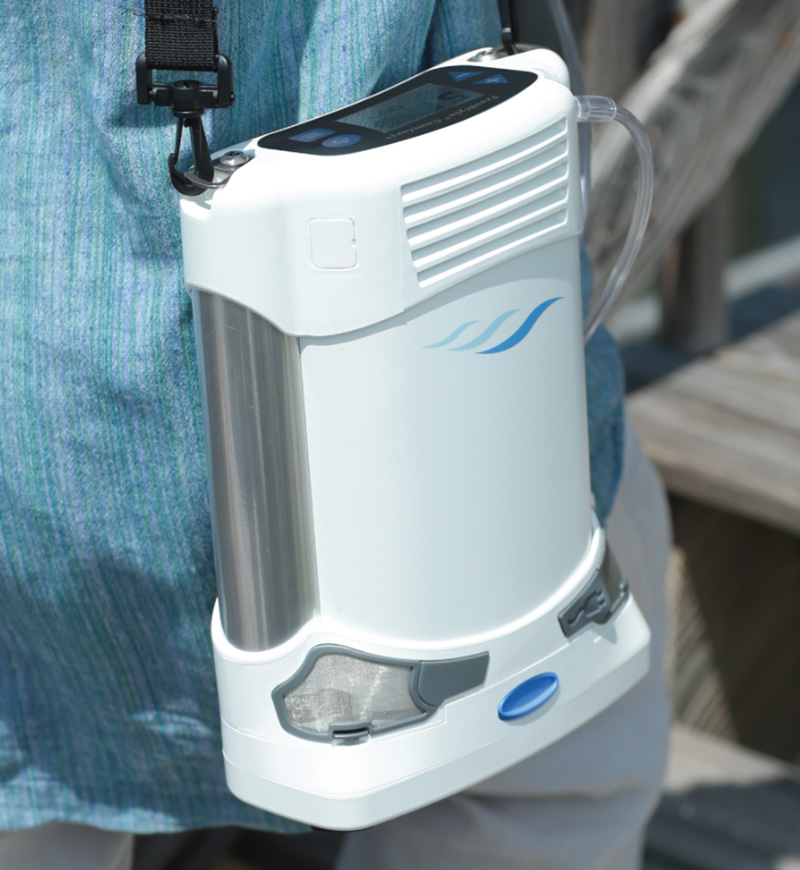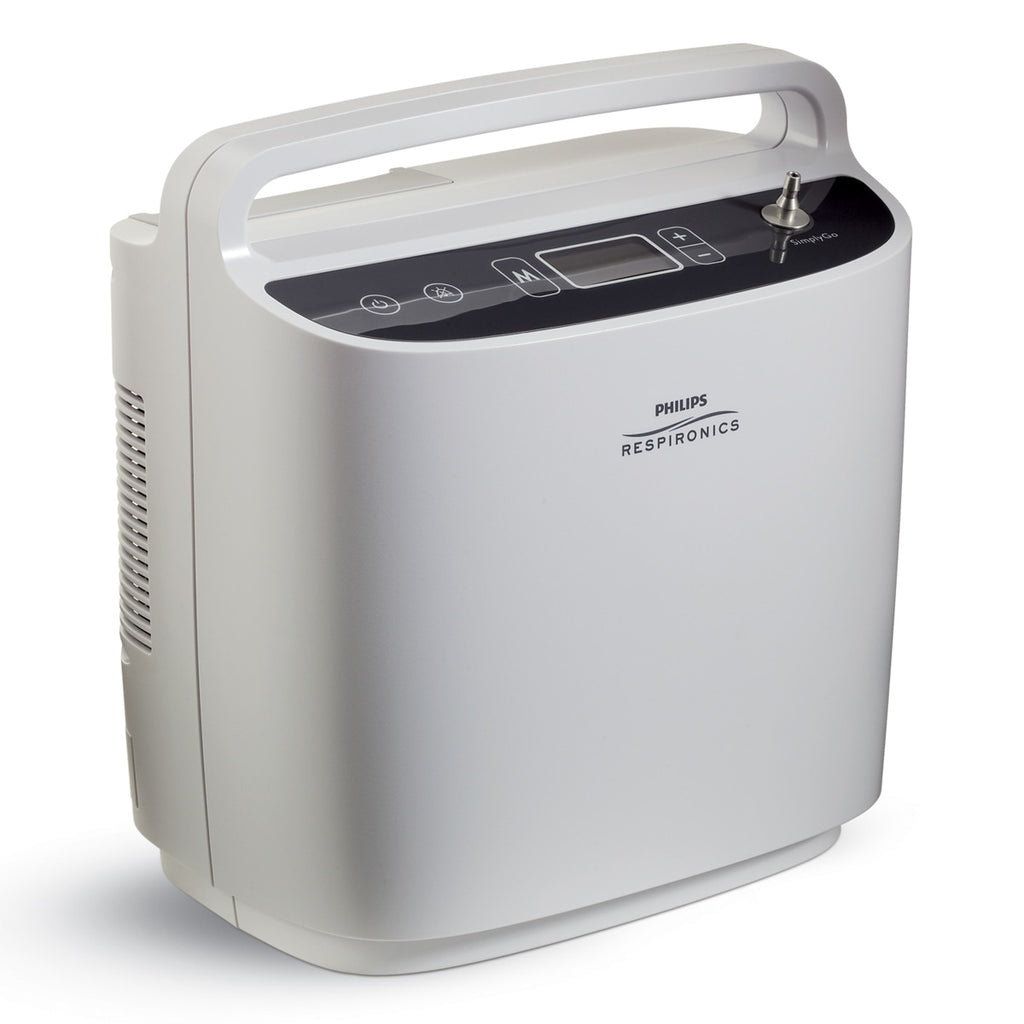Some Known Details About Portable Oxygen Concentrators
Table of ContentsWhat Does Portable Oxygen Concentrators Do?The Greatest Guide To Portable Oxygen ConcentratorsGetting My Portable Oxygen Concentrators To Work6 Simple Techniques For Portable Oxygen Concentrators
Stationary oxygen concentrators were as soon as the standard, however these storage tanks can evaluate 50 pounds and were really troublesome (Portable Oxygen Concentrators). Currently, portable oxygen concentrators finish the job, and they can suit a handbag or purse! The only thing you ought to keep in mind is that portable concentrators have much more restricted oxygen distribution capacitiesThere are 2 main sorts of mobile oxygen concentrators: pulse dose and continuous circulation. As the name suggests, pulse dose concentrators give oxygen periodically, only activating when you inhale. This sort of gadget is usually suggested for COPD clients with restricted oxygen needs, as the amount of O2 that a pulse dosage concentrator can supply is relatively reduced.
This gadget can supply up to 3,000 m, L of oxygen every min, while pulse dosage devices often tend to top out at 1250 m, L. Continual flow tools are the go-to for most COPD individuals, as they're perfect for individuals who require 2 to five litres of oxygen a minute.
Since you have this guide to the various kinds of portable oxygen devices, choose the best gadget with the assistance of your doctor. You can discover our blogs to learn more concerning the sorts of mobile oxygen offered and our various other products, like tubing and cannulas. Or you can call us directly with any specific concerns you may have.
Portable Oxygen Concentrators Can Be Fun For Anyone
We are aware Americans use residential versions in home treatment situations. We asked yourself how well these mobile oxygen concentrators would certainly work in hospitals. POC concentrators raise the percentage of oxygen in ambient air individuals inhale, whenever they need an increase. Private-use ones are tiny enough to lug about, and may assist prevent the requirement to see stuffed facilities and health centers.
When it concerns portable oxygen therapy, there are two main options for delivery. These are mobile oxygen cylinders which consist of pressed oxygen gas, or oxygen concentrators, which make use of a battery powered system to compress and filter air, in order to create a regular supply of focused oxygen. In this blog post, AMS Composite Cylinders Technical Supervisor, Tony Morrin, compares both, looking at the benefits and drawbacks of each oxygen delivery system for NHS clinical oxygen individuals in terms of individual freedom.

Portable Oxygen Concentrator Oxygen purity is continually greater when supplied from cylinders it never ever drops below 99. 6%, no matter the flow rate needed. In battery-powered concentrators, purity is affected by flow price, and might be 90% or much less, depending on the tools. Whilst oxygen concentrators can be beneficial for patients that require a reduced circulation of oxygen, cylinders give greater focus that can be more appropriate for patients with high flow demands.
The 10-Second Trick For Portable Oxygen Concentrators
Both systems need the individual to lug about tools. For cylinders, this will include lugging a bag (and periodically a trolley) and for mobile oxygen concentrators this will certainly consist of try this website the bag, cart and power battery charger. Weight smart, mobile oxygen concentrators can be equivalent in weight, or often, lighter than standard aluminium cyndrical tube systems.
They will need to improve dramatically if they are to give the very same level of efficiency as comparable composite cyndrical tubes. Oxygen constantly lugs a safety threat. On one hand, should cyndrical tubes spring a leakage, they can create an oxygen abundant setting that can lead to an increase in fire threat.

The difference is that there are considerable in advance costs to purchasing a mobile oxygen concentrator, however lower running expenses using cyndrical tubes allows the buyer to spread the cost over a prolonged time period. One small drawback of a mobile oxygen concentrator is the sound mobile systems make a significant quantity of sound during operation, which several people discover disruptive.
Some Of Portable Oxygen Concentrators

Our top quality carbon composite cyndrical tubes offer high pressure (300 Bar), low weight, and NLL (Non-Limited Life) efficiency, and are certified for usage worldwide. Further information concerning AMS Composite Cylinders Ltd can be located at .
Oxygen concentrators are made with user wheelchair in mind. Whether it's a desktop computer variation for home usage or a smaller, lightweight model for on-the-go, these tools allow people to move openly without being connected to a fixed device. Particularly for the ones specifically developed for mobility, patients can lug them about, assisting in traveling and everyday tasks with convenience.
One of the significant comforts of using an oxygen concentrator is the removal of the regular need to refill oxygen storage tanks. This not just minimizes the logistical challenges and recurring prices related to refills however likewise ensures that the user has an extra foreseeable and steady resource of oxygen. Oxygen concentrators are designed to fit perfectly into the home setting.